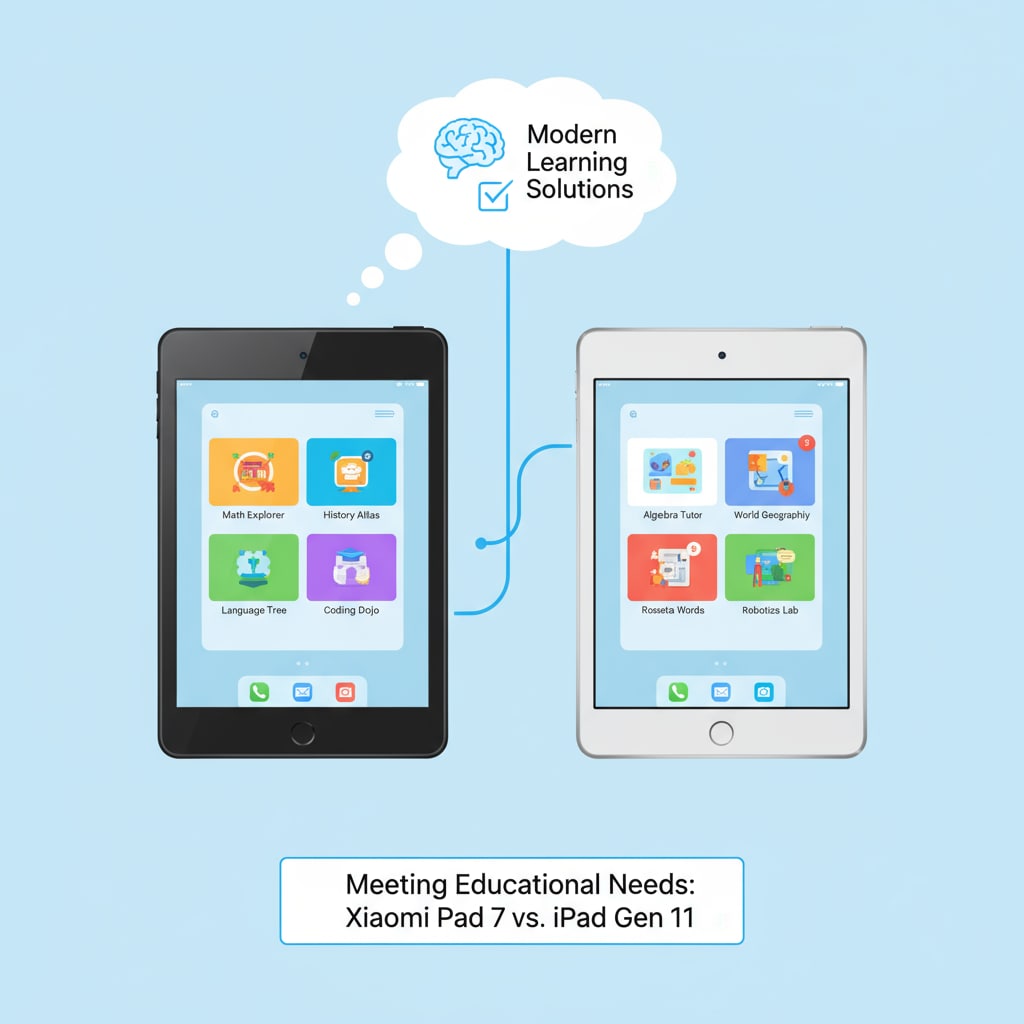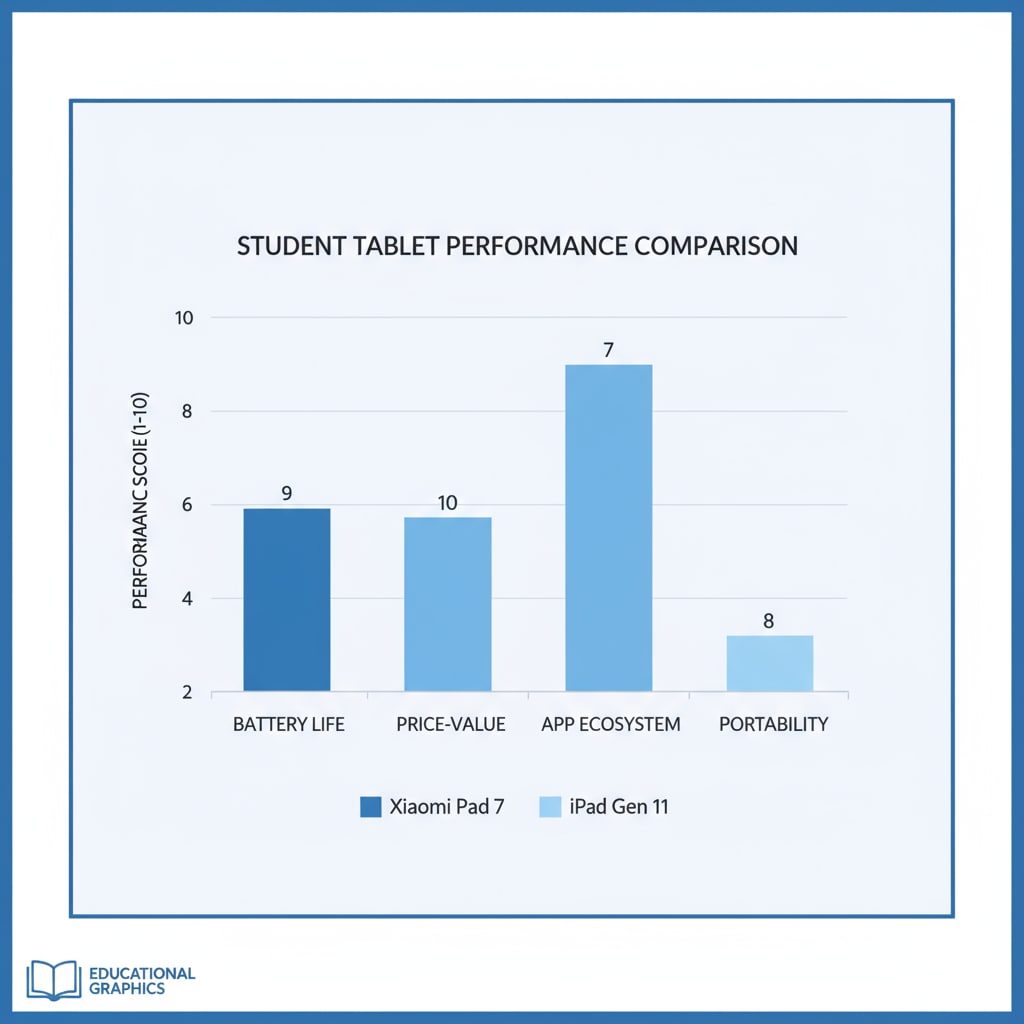When it comes to meeting the learning needs of 16-year-old students through product comparison, choosing the right tablet is crucial. Two popular options in the market are the Xiaomi Pad 7 and iPad Gen 11. Let’s take a closer look at how these tablets stack up against each other in various aspects.
Learning Efficiency
Both tablets offer features that can enhance learning efficiency. The Xiaomi Pad 7 comes with a range of educational apps pre-installed. These apps cover subjects like mathematics, languages, and science, providing students with a comprehensive learning resource. For example, there are interactive language learning apps that help improve listening and speaking skills. On the other hand, the iPad Gen 11 has a vast library of educational software available on the App Store. Many of these apps are designed by well-known educational institutions. According to Apple’s official education website, the iPad’s educational ecosystem is rich and diverse, offering tools for note-taking, project management, and research. However, the learning experience on the iPad might require more time to explore and find the most suitable apps for specific learning needs.

Performance
In terms of performance, the iPad Gen 11 is powered by a robust processor that can handle multitasking and running resource-intensive apps smoothly. This makes it suitable for tasks such as video editing for school projects or running complex simulation software. The Xiaomi Pad 7, while not as powerful as the iPad in some aspects, still offers decent performance for everyday learning tasks like reading e-books, taking notes, and using basic productivity apps. As stated on Xiaomi’s product specifications page, the tablet is optimized to provide a seamless experience for common student activities. For students who mainly focus on simple learning and light entertainment, the Xiaomi Pad 7’s performance should be sufficient.

Another aspect to consider is the battery life. The Xiaomi Pad 7 has a long-lasting battery that can keep up with a student’s daily schedule without frequent charging. This is especially useful for students who are on the go and need their tablets available throughout the day. The iPad Gen 11 also offers good battery performance, but it may not last as long as the Xiaomi Pad 7 in some usage scenarios.
Ecosystem
The iPad Gen 11 benefits from Apple’s extensive ecosystem. It can be easily integrated with other Apple devices such as MacBooks and iPhones. This allows for seamless sharing of files, photos, and notes across different devices. For example, a student can start working on a project on their iPad during class and continue on their MacBook at home. The Xiaomi Pad 7, on the other hand, is part of Xiaomi’s ecosystem. Although it may not have the same level of integration as Apple, it still offers features like syncing data with Xiaomi smartphones. This can be convenient for students who already own Xiaomi devices. However, the overall ecosystem of Xiaomi is not as well-developed as Apple’s in terms of cross-device compatibility.
Cost-Effectiveness
Cost is an important factor when choosing a tablet for students. The Xiaomi Pad 7 is generally more affordable compared to the iPad Gen 11. It offers a good balance of features and performance at a lower price point. This makes it an attractive option for students and parents who are on a budget. The iPad Gen 11, although more expensive, comes with the advantage of a well-established brand and a more extensive app ecosystem. Students who require access to a wide range of specialized apps and value the brand reputation may find the higher cost justifiable.
Readability guidance: As we’ve seen, both the Xiaomi Pad 7 and iPad Gen 11 have their own strengths and weaknesses when it comes to meeting the learning needs of 16-year-old students. The choice between them depends on various factors such as learning requirements, performance needs, ecosystem preferences, and budget. By carefully considering these aspects through this product comparison, students and parents can make an informed decision and find the tablet that best suits their needs.


